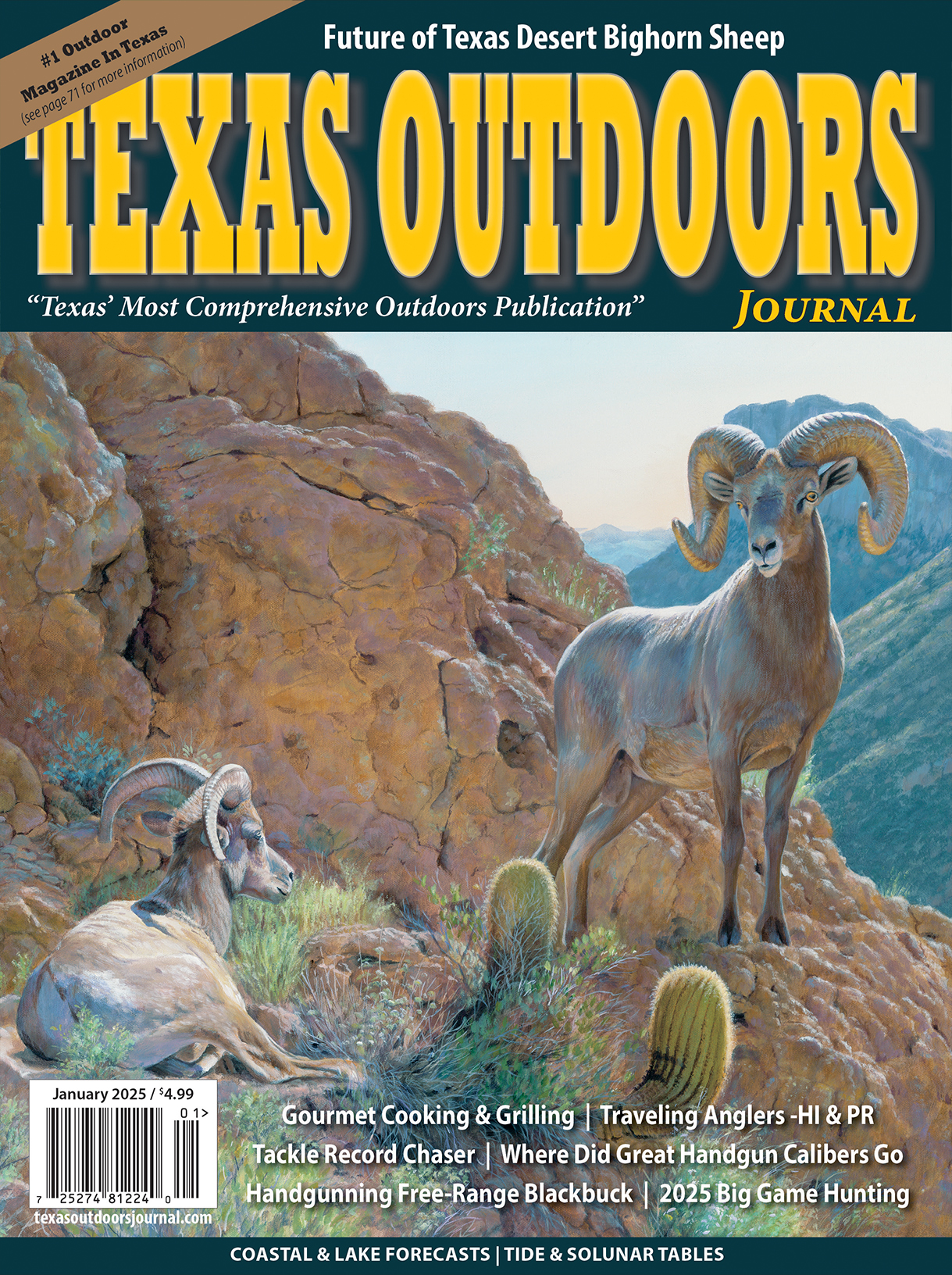
Texas A&M Study Trumpets Texas State Parks’ Economic Benefit
The Texas State Park system’s more than 90 sites have a significant economic impact on the state’s economy, generating $774 million in retail sales annually, contributing $351 million in economic benefits and creating 5,800 jobs statewide. Those were just part of the findings of a recent Texas A&M University study shared with the Texas Parks and Wildlife Commission today.
The commission was briefed on the results of a survey of park visitors and their spending habits conducted between March and June of this year by a team led by Dr. John Crompton, a distinguished A&M professor in the Recreation, Parks and Tourism Sciences Department. According to Dr. Crompton, Texas state parks not only provide conservation, recreational and health benefits, but also greatly contribute to the economies of communities throughout Texas, far exceeding the state’s expenditures to operate these sites.
“The take-away message from this study,” Dr. Crompton says, “should be that the state park system is an important contributor to the Texas economy, particularly in rural areas and that the state’s net investment in parks is returned many times over as visitors travel to enjoy the outdoors and leave their dollars behind.”
To generate data for the study, almost 14,000 visitors at 30 state parks were polled between March and June of 2014 about their spending on fees, groceries, restaurant meals and equipment during their travel to the park and in close proximity to the park. The results were then extrapolated to apply to 60 additional parks using strict study methodology.
The results show that the purchases made by park visitors result in greater wealth and employment in communities located near state parks. For example, spending by Bastrop State Park visitors added nearly $1.7 million to the Bastrop County economy and led to the creation of 35.6 jobs. Similarly, in the Panhandle, Palo Duro Canyon visitors added more than $3.7 million to the coffers of Armstrong and Randall counties that supported 86 jobs in the local area. Even remote Big Bend Ranch State Park in far West Texas contributed significant economic benefits to Presidio County by adding $1.9 million in sales and roughly 27 jobs.
Texas State Parks Director Brent Leisure says the A&M findings confirm the ongoing value of the Texas State Park system.
“We’ve long known that state parks are places that preserve the best of our state’s scenic wonders, historic sites and recreational venues,” Leisure said. “This report shows that park visitors not only take home wonderful memories and enriched lives, but that the dollars they leave behind lead to jobs and higher incomes in local communities.”
The study further revealed that state park spending increased all Texans’ income by $202 million and generated 5,871 jobs paying an average annual salary of $34,000.
Local economic impacts varied by park, depending on the number of visitors and their spending habits. Some of the findings:
Balmorhea — $2.3 million in value added; 50.3 jobs
Cedar Hill — $3.1 million in value added; 41.7 jobs
Garner — $6.9 million in value added; 16.1 jobs
McKinney Falls — $883,146 in value added; 16.1 jobs
Pedernales Falls — $1.7 million in value added; 41.1 jobs







